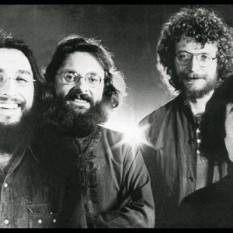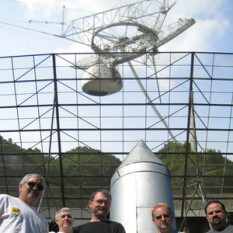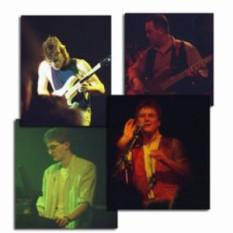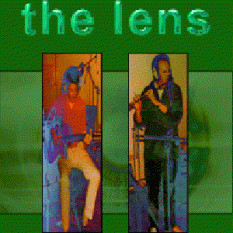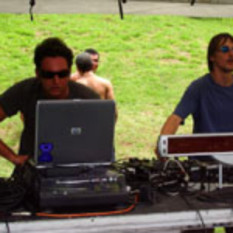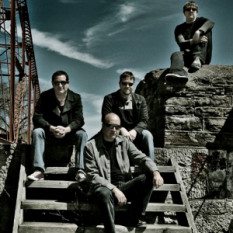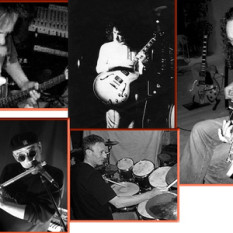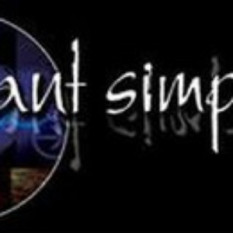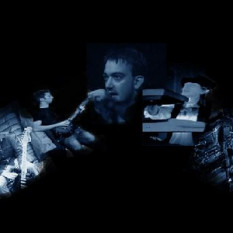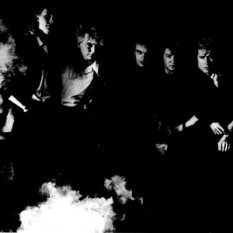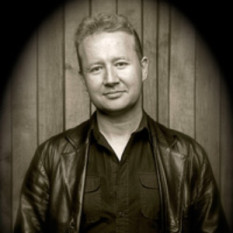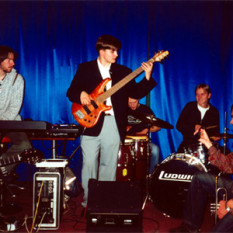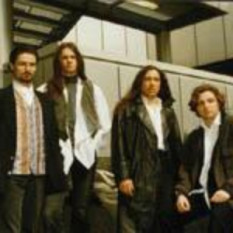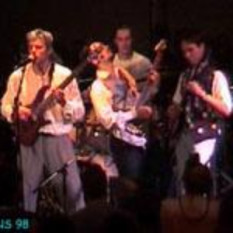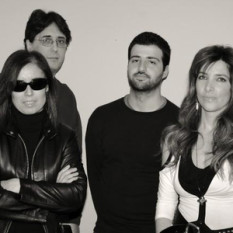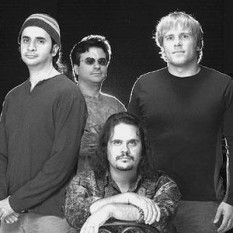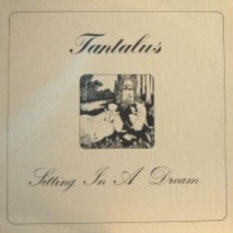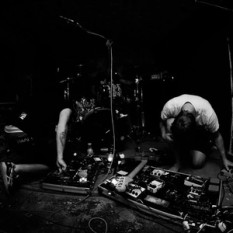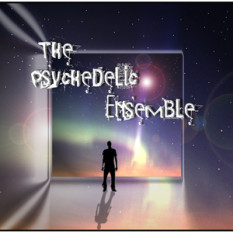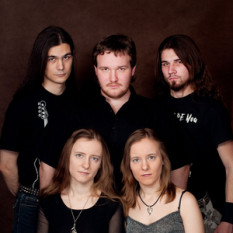Neo-Progressive rock (more commonly “Neo-Prog”) is a subgenre of Progressive Rock that originally was used to describe artists strongly influenced by the classic symphonic prog bands that flourished during the 1970s. At the beginning of the neo-prog movement, the primary influence was early to mid-70's Genesis. Debate over when Neo-Prog actually came into being often takes place, with some asserting it began with Marillion's Script for a Jester’s Tear in 1983. Others contend it began with Twelfth Night at the dawn of the 80s, while some even suggest the popular symphonic prog band Genesis gave rise to Neo-Prog with their 1976 album, A Trick of the Tail.
If one analyses the progressive movement just before 1980, then some albums which heavily influenced the Neo-Prog movement easily come to mind: Steve Hackett - Spectral Mornings, Genesis - Wind & Wuthering, Genesis - And Then There Were Three, Genesis - Seconds Out, Saga - Saga, all the Camel albums between Breathless and The Single Factor included, and some Eloy's albums, especially Silent Cries And Mighty Echoes.
This new form of progressive rock originated in the UK, and is most strongly associated with bands such as Marillion, Pendragon and IQ; and while theatrical stage antics were a part of the live performances of many artists exploring this subset of the progressive rock genre it's the musical elements that are key to the genre; typified by the use of atmospheric guitar and synth soloing with symphonic leanings, with a tendency towards floating synth layers and dreamy soloing. An additional trait is the use of modern synths rather than vintage analogue synths and keyboards. The main reasons for Neo-Progressive artists to be separated from the ones exploring Symphonic Prog in the first place are the above, as well as a heavier emphasis on song-form and melody than some of their earlier symphonic counterparts.
As time went by other artists appeared that also deviated from the norms created by the classic wave of progressive rock artists in the 70's. The late 70's had given the world punk music; the 80's gave the world new wave; and the 90's grunge. These, as well as other forms, had a tremendous amount of influence outside of the progressive rock realm. The advent of the modern synth also inspired artists like Tomita, Vangelis and Kitaro to explore dreamier musical works.
These and other forms of more or less newly made musical genres influenced artists exploring progressive rock as well. Although many artists did so within the framework of 70's progressive rock, more and more artists developed a sound and style so heavily influenced by these more recent musical developments that categorizing them within the existing subgenres of progressive rock became increasingly difficult.
While the Neo-Progressive genre initially consisted of artists exploring a modernized version of Symphonic Prog, these days artists coined as Neo-Progressive cover a multitude of musical expressions, where the common denominator is the inclusion - within a progressive rock framework - of musical elements developed just prior to and after 1980. The Neo-Progressive genre in it's refined form thus covers a vast musical territory, to some extent covering all existing subsets of progressive rock and also searching out towards genres as different as new age on one side and punk and metal on the other.
Opening paragraphs written by Stonebeard, Cygnus X-2, Greenback
Revised, edited and refined April 2009 by windhawk, The Doctor and E-Dub .


